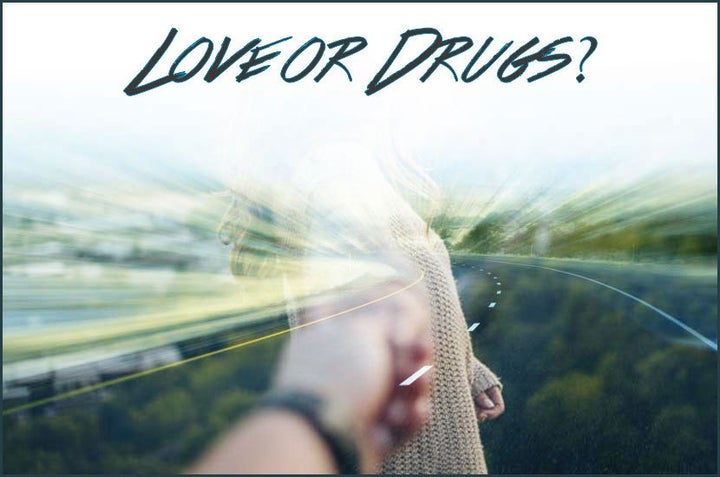
Drug addiction is increasingly becoming one of America’s most widespread epidemics. So much so, the Center for Disease Control reports that 91 Americans die every day from opioid overdoses.
When you combine that with overdoses from all other substances as well, that number almost doubles.
What’s more, these numbers are only rising (exponentially, in fact).
Shocking, right?
It seems clear, then, that something in the addiction treatment field just isn’t working.
One of the biggest problems today is the notion that addicts can simply choose to sober up—that they can just pick love over drugs.
Sadly, it’s a bit more complex than that.
Love and Drugs: Similarities and Differences
When you boil it down to the chemical fundamentals, love and drugs produce a pretty similar effect in the brain: they both release dopamine. This powerful and important neurotransmitter is the primary reason we seek out certain substances and experiences. In essence, it’s one of the driving forces behind all motivation.
When you look at basically any type of reward, whether it be reading a good book, eating a rich piece of chocolate cake, or finally getting that long-deserved promotion, the warm and fuzzy feelings you get are all the result of dopamine production.
And when it comes to love, that feeling of absolute euphoria, weightlessness, and pure joy is due almost entirely to a flooding of dopamine in the brain.
How does this type of reaction compare to drug use? It’s actually surprisingly similar and several studies have likened feelings of being in love to the effects of using cocaine and alcohol.
When it comes to drugs, though, an addict may experience significantly higher levels of dopamine when using compared to natural rewards—2 to 10 times higher according to the National Institute on Drug Abuse.
In addition to the unnaturally intense pleasure caused by such high levels of dopamine, this neurotransmitter also has an important role in working memory, an integral part of reasoning and decision making. In most cases, the greater the dopamine produced from an experience, the more likely we are to unconsciously commit that experience to memory.
Given the amount of dopamine produced by abusing certain substances, it’s no wonder that an addict’s cravings can be so much more intense than a normal memory.
The result of such extensive drug use is a brain that’s been physically altered to seek out experiences which yield unnaturally high levels of dopamine, a demand that can only be met by more and more substance abuse.
Chemically speaking, it’s not surprising that love alone doesn’t stand much of a chance against addiction.
The Present State of Addiction Treatment
So, the question is, “Why is this distinction important?”
One of the biggest problems facing addiction rehab today is having a treatment program that relies only on 12-step programs like Alcoholics Anonymous and Narcotics Anonymous. While some of the behavioral guidelines are helpful, their focus on addiction as a spiritual or moral flaw detracts from the fact that addiction is actually a brain disease.
Which is why treatment centers are turning their attention towards evidence-based therapy options like Cognitive Behavioral Therapy (CBT), Motivational Enhancement Therapy (MET), and Medication-Assisted Treatment (MAT). Such therapies not only treat addiction like the medical disorder it really is, they utilize science and behavioral approaches that have clinically proven results which are backed up by the numbers.
And when combined with the professional administering of treatments such as these, love can indeed stand a chance against addiction.
